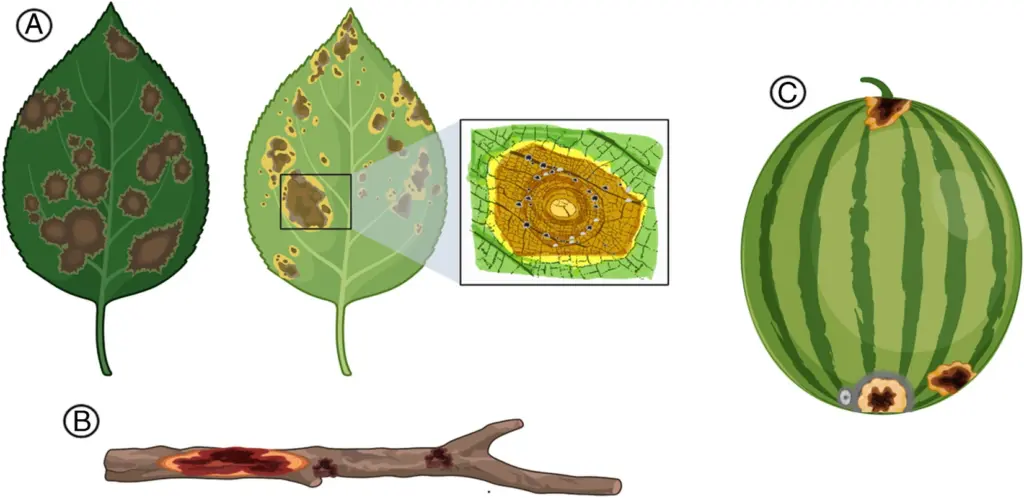Proper water management and soil sanitation can help prevent crop losses caused by the Paramyrothecium fungus
07 May 2025

Paramyrothecium is a fungus that can cause plant diseases like coffee leaf spots, muskmelon crown rot, and eggplant crater rot. It lives in soil, decaying plant material, and on diseased fruits, stems, and leaves of various plants. The fungus spreads through wind, rain, contaminated soil, and plant debris. This fungus can infect plants when conditions are ideal, like if the soil is constantly wet and the plant is already injured (damaged tissues). This creates an open invitation for the fungus to get in and make the plant even sicker. To minimize crop losses, farmers can practice good water management, soil sanitation, and proper crop handling. They can also use biological control agents and pesticides to control the fungus and the associated diseases.
Although Paramyrothecium species are emerging as significant plant pathogens, research on them has lagged behind other fungal threats. This review paper bridges that gap by compiling current knowledge on the biology of the taxon, how the species are distributed geographically, and how they spread and cause disease in plants. Additionally, the paper explores control measures currently used to manage Paramyrothecium-induced diseases, providing valuable insights for protecting crops from these potentially devastating pathogens.
Authors:
Read the full paper: https://doi.org/10.1007/s10658-024-02911-3
